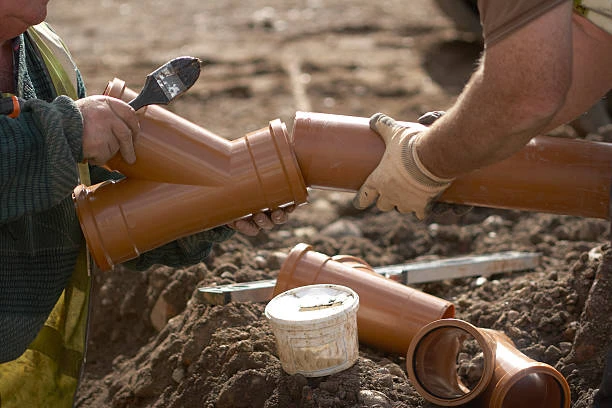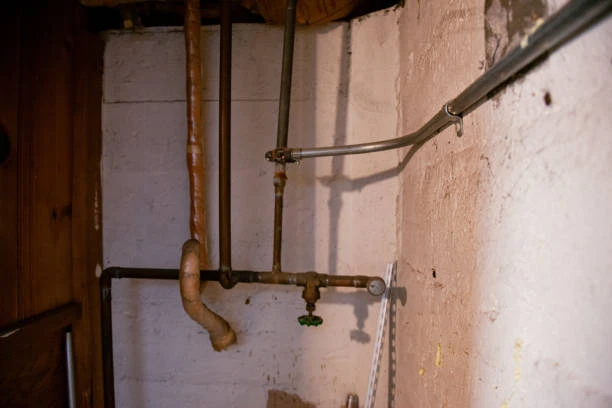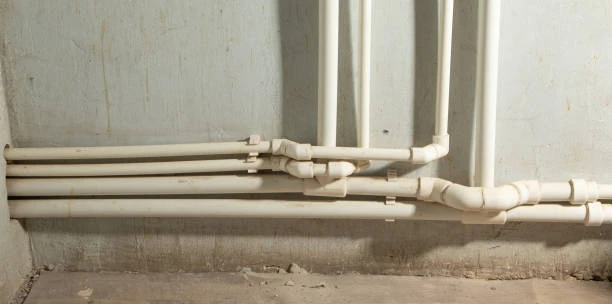Illustrated Steps for Faucet Repairs
Whether you’re a homeowner or a maintenance technician, understanding how to repair a cold tap can save time, money, and frustration. Over time, taps can develop issues such as dripping, stiffness, or complete failure. Fortunately, most of these problems can be fixed with a few basic tools and the right knowledge. In this guide, we’ll explore common cold tap problems, provide illustrated repair steps, and offer essential tips on valve components, installation, and material choices. This comprehensive article is your go-to resource for maintaining and repairing kitchen and bathroom taps efficiently and effectively.
Frequently Asked Questions (FAQ)
1. What causes a cold tap to start leaking?
Leaking is usually caused by a worn washer or cartridge inside the tap. Over time, these parts degrade and allow water to seep through even when the tap is off.
2. Why is my cold tap hard to turn?
This can happen due to mineral build-up around the valve or internal corrosion. Cleaning or replacing the valve can restore smooth operation.
3. How do I stop a noisy cold tap?
Whistling or banging sounds typically indicate water pressure issues or loose parts inside the tap. Replacing the washer or tightening the valve can help.
4. Can I use the same replacement parts for all cold taps?
Not always. Cold taps vary in size, valve type, and thread specifications. Always check your tap’s model or bring the old part to compare.
5. Is it safe to repair a tap on my own?
Yes, basic repairs are safe if you follow proper steps like turning off the water supply and using the correct tools.
Brass Valves: Definition and Key Characteristics
Inside many quality cold taps is a brass valve—a component that controls the water flow and ensures smooth operation. Brass, an alloy of copper and zinc, offers excellent mechanical and chemical properties ideal for plumbing applications.
Key Features of Brass Valves:
Durability: Brass is strong and long-lasting, capable of handling daily wear without distortion.
Corrosion Resistance: It resists rust and chemical degradation, even with prolonged water exposure.
Temperature Tolerance: Suitable for both cold and hot water, brass maintains stability under extreme conditions.
Ease of Maintenance: Brass valves are simple to service and rarely need replacement.
Hygiene-Safe: Brass has natural antimicrobial properties, making it ideal for drinking water systems.
Brass valves form the heart of a well-functioning cold tap, ensuring reliability and performance.
Common Applications and Industries
Cold taps and brass valves are not limited to domestic use. Their utility spans various sectors due to their versatility and reliability.
Applications of Cold Taps and Brass Valves:
Household Kitchens and Bathrooms: Standard use for washing and food preparation.
Commercial Kitchens: Durable taps with high flow control for frequent use.
Healthcare Facilities: Cold taps with hygienic valves reduce contamination risks.
Educational Institutions: Public washrooms require tough, low-maintenance fittings.
Factories and Workshops: Industrial-grade taps handle rough use and varied temperatures.
From private homes to public utilities, cold taps with robust valve systems play an important role in daily water delivery.
Buying Guide: Choosing the Right Cold Tap
When shopping for a cold tap, it’s easy to focus on appearance. However, performance, materials, and safety standards are just as crucial. Here’s what to look for:
1. Material Selection
Solid brass bodies and valves are highly recommended for durability. Avoid low-cost alternatives like plastic or zinc alloy, especially for frequently used areas.
2. Valve Type
Choose ceramic disc valves or brass compression valves. These offer long-term leak resistance and smoother handle movement.
3. Finish and Colour
Common finishes include chrome, matte black, brushed nickel, and antique bronze. Choose a finish that matches your decor and is easy to clean.
4. Certifications
Look for taps certified under ISO, NSF, EN, or WRAS standards. These confirm quality, safety, and compliance with plumbing regulations.
5. Water Pressure Compatibility
Ensure the tap is suitable for your home’s water system—whether low-pressure gravity-fed or high-pressure combi-boiler systems.
Installation Tips for Cold Taps
Installing a cold tap correctly avoids leaks, reduces wear, and ensures long-term reliability. Here’s how to do it right:
Turn Off Water Supply: Always shut off both mains and local valves before starting.
Clean the Area: Remove debris from the sink hole and wipe clean.
Use the Right Tools: Adjustable wrenches, basin spanners, and PTFE tape are essential for a snug fit.
Fit Rubber Washers: These prevent water leaks between surfaces.
Secure the Tap Base: Tighten fixing nuts carefully without over-tightening.
Flush the System: Run water briefly after installation to clear debris from the pipes.
Inspect for Leaks: Test all joints and connections once the system is live.
Even the best cold tap can leak or fail if poorly installed. Always follow these steps or consult a plumber for professional fitting.
Brass vs Plastic Valves: A Practical Comparison
When choosing internal valves for a cold tap, you’ll often decide between brass and plastic. Here’s a comparison to help guide your selection:
| Feature | Brass Valves | Plastic Valves |
|---|---|---|
| Durability | Very high – handles long-term use | Moderate – may crack or degrade over time |
| Corrosion Resistance | Excellent – resists rust and tarnish | Fair – vulnerable to some chemicals |
| Temperature Resistance | Withstands high and low temperatures | Can deform in hot water applications |
| Price | Slightly higher upfront cost | Cheaper, but may require more replacements |
| Eco-Friendliness | Recyclable and sustainable | Often non-recyclable |
| Best Use Case | High-demand and long-life applications | Low-cost temporary or low-use installations |
For a cold tap that sees frequent use, a brass valve provides better value and fewer long-term issues.
Conclusion
Repairing a cold tap doesn’t need to be overwhelming. Whether it’s a leak, stiffness, or cosmetic update, the repair process becomes simple when you understand the tap’s structure, especially the role of internal components like brass valves. Choosing the right materials, ensuring correct installation, and following a basic maintenance routine can significantly extend the life of your tap. From homes to hospitals, cold taps are an essential part of daily infrastructure—and with these tips, you’re well equipped to keep yours in perfect condition.
Connect
IFAN is a trusted Chinese manufacturer with over 30 years of experience in producing high-quality plastic pipes, fittings, and valves, including copper fittings and cold tap components. Our wide selection of certified piping products meets international standards and customer demands across multiple industries.
If you are interested in IFAN copper valves, plastic fittings, or tap-related accessories, we welcome your enquiries.
Contact IFAN Today:
- For more information,pls visit our webside https://waterpipefitting.com/
Pls Mailto: [email protected]
Whatsapp: +86 15088288323
We respond to all emails and faxes within 24 hours, and our team is available to answer your calls at any time.
IFAN Products International Standards
At IFAN, every product is designed to meet or exceed the highest global standards. Our manufacturing and testing processes follow strict certifications, including:
ISO 15874, EN 15874, ASTM F2389, DIN 8077/8078, GB/T 18742, NBR 15884, ISO 15494, EN ISO 15494, GB/T 19472, NBR 15494, ASTM 2846 (501), DIN 8079/8080 (502), ASTM F441/F441M SCH80 (503), DIN (504), DIN (505), GB/T 18993, AS/NZS 1477, CSA B137.6, NSF/ANSI 14, TIS 17-2532/1131-2535, BS 3505, BS 4346 (801), ASTM D1785 SCH40 (802), ASTM D1785 SCH80 (803), DIN (804), GB (805), GB (806), GB(901), DWV(902), ASTM D2665 (903), ASTM D2241, D2665, D2729, F441/F441M series, ISO 1452, EN ISO 1452, DIN 8061/8062, GB/T 10002, AS/NZS 1477, JIS K6741, CSA B137.3, and many more.
These standards ensure durability, safety, and performance across every IFAN product.














Recent Comments